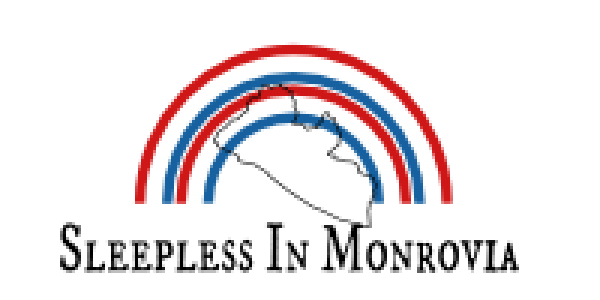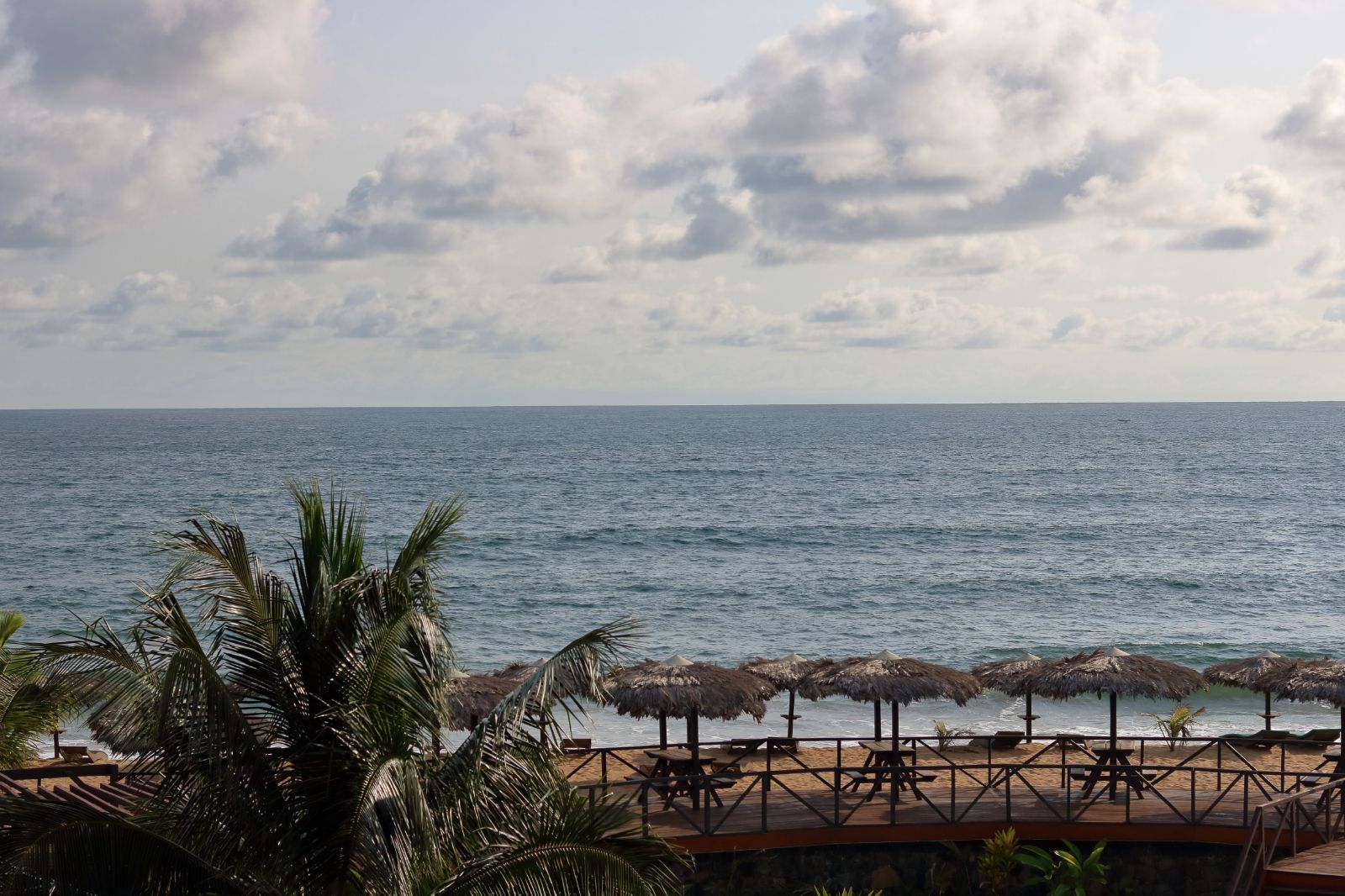When you hear the word “stability,” what comes to mind? I bet you start to think about synonyms like security, durability, safety, normality, reliability, firmness, and balance. In macroeconomics, stabilization refers to the reduction of a nation’s internal and external imbalances or simply finding the right balance with feasible macroeconomic policies. These balances, together with sustainable reforms, consequently creating a platform for national growth and development within an economy.
In an open economy, there usually are four sectors through which a country’s macroeconomic goals and objectives flow: Production/Businesses, Households/Consumers, the Government and the rest of the world. To monitor, coordinate or regulate, and report or inform, a government entity, such as the Central Bank, structures its economies’ watch into four sectors: the real sector, monetary sector, fiscal sector, and the external sector.
The Real Sector monitors reports or informs government and the public on macroeconomic developments ranging from price developments to tracking the level of production in the productive sectors and changes or advances in the business circle, with an influence of household/consumers.
The Monetary Sector coordinates and regulates financial activities (i.e., bank and non-bank financial institutions) and their implications on both monetary and fiscal policies and the state of the economy.
The Fiscal Sector coordinates and regulates government fiscal operations covering revenue, taxation, expenditure and debt related activities and their implications on both monetary and fiscal policies and the state of the economy.
The External Sector monitors developments between Liberia and the rest of the world with emphasis on trade balances as well as Liberia’s international investment position (IIP).
Every nation sets economic policies that are diagnosed from trends derived from a baseline or the country’s current economic conditions. Based on the data collected from coordinated or regulated economic activities, together with public sentiments, policy changes and adjustments are done to provide remedies for existing economic imbalances and vulnerabilities.
The current state of the Liberian economy shows that both external and internal imbalances exist; our domestic economy is too cold (recession). Liberia’s economy is experiencing an inappropriate inflation pace (rapid increase), high exchange rate (the Liberian dollar is experiencing rapid depreciation), high level of unemployment (otherwise vulnerable employment), low output or domestic production, and inappropriate current account balance with fears of unsustainable debt growth. The good news is, with the implementation of appropriate Fiscal and Monetary policies, both internal and external balance can somehow be achieved.
Liberia’s Fiscal Policy (FP) and Monetary Policy (MP) are set by the Ministry of Finance and the Central Bank respectively. Both policies have objectives, short to medium term and medium to long-term ones. To reduce macroeconomic imbalances (internal & external), they must effectively work together, that which can prove to be difficult. Liberia, being an import based economy, her Fiscal and Monetary policies drive to reduce the internal and external imbalances, “aim at achieving price stability through exchange rate stability, reducing interest rate and tax rates to increase investments and boost output and thereby having a positive effect on the current account balance.” All of these can be appropriate policies if the situation demands. The questions that should be asked right now are:
Are the two policies (Monetary & Fiscal) coordinating? Are the various monetary and fiscal policies appropriate? Are we borrowing to invest in infrastructure that will yield greater economic returns? Is the appropriate thing being done to reduce unemployment? Are public sentiments taken into consideration?
The above questions are theoretically analyzed in the succeeding paragraphs. However, before that is delved into, let it be understood that Fiscal Policy tools include government spending and taxation whereby Monetary Policy tools include interest rates, exchange rates, monetary aggregates, etc. I believe that in order to achieve both Internal and External Balance, the following should be done:
Finding Internal balance
In order to attain this internal balance as an economy, here are some initiatives I think our government should institute:
The government should lower their spending or increase taxes (contractionary fiscal policy) if output level is above potential or inflation is undesirable (high);
The government should spend more or lower taxes (expansionary fiscal policy) if output level is below potential or inflation is lower than desirable, but must make sure there’s enough fiscal space (not too much debt) or else this could backfire in the long run;
The government should increase interest rates (contractionary monetary policy) to encourage saving or squeeze out investment if output is above potential or inflation is higher than desirable; and
The government should lower interest rate (expansionary monetary policy) to stimulate investment if output level is below potential or inflation is lower than desirable.
All these policies will have a positive and negative effect on the exchange rate while trying to reduce the imbalances. If money supply is reduced by increasing interest rates or lowering government spending and increasing taxes, our local currency could appreciate. On the other hand, if money supply is increased through lowering interest rates or increasing government spending and reducing taxes, our local currency could depreciate. With this, the reduction of external imbalance comes into play.
Finding External balance
External balance focuses on achieving appropriate trade balance (Exports minus Import). If Liberia net export deficit is too high, She might be incurring debt that will be difficult to service and if the net export surplus is too high, She may be accumulating too many claims on the rest of the world that will never be redeemed.
If the net export deficit is too high, government can lower its spending or increase taxes to reduce the demand for imported goods. This can be most effective if standardized value adding activities are being done with locally produced goods and services to offer competition on international markets. Also, raising interest rates can reduce imports through the output/income effects. This will cause local currency to appreciate. A certain level of currency appreciation will, in the long run, discourage exports and stimulate imports through the price effect finding an appreciable balance.
Conclusively, achieving and maintaining macroeconomic balance isn’t simple as explained theoretically. There are always associated human factors, but realistic macroeconomic balances are achievable with the appropriate policies as suggested above.
Authored by Joseph Rabester Yengbe Jr
Featured Picture by Lawrence Kennedy

